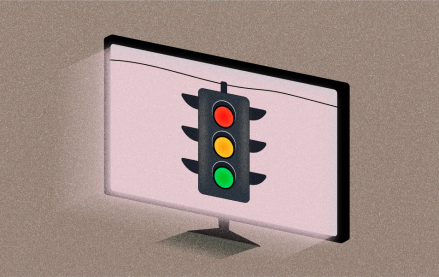Since the ad world enjoys styling itself after Wall Street nowadays — see all the “Madison Avenue meets Wall Street” references — it’s apt to worry what happens when the music stops in the digital ad technology industry. The simple fact is, far more money has been plowed into the dozens of company logos crowding the Luma slide than the entire sector is worth. At some point, the music will stop on the venture capital side — it has to happen — and then the industry will be left with a slew of over-funded companies. They’ll be loath to take a haircut on their valuation and have too much cash to be forced into one, holding up much-needed consolidation.
The upside to all this investment froth is innovation in ad-targeting and efficiency. It’s easy, however, to doubt whether the benefits outweigh the costs. There are far too many companies that are point solutions — just about everyone agrees on that — and the irony is that many of them are founded, to some degree, on the proposition that advertising as currently done is inefficient. Most will cite chapter and verse the stat that transaction costs eat up nearly 20 percent of a buy online versus a couple points in traditional media. The Rubicon Project has an eye-opening stat that it takes Microsoft’s buying agency over 55 intermediaries to execute its media buys. And yet, with their point solutions, each exacting a tax on the dollar spent, these same companies are heaping added complexity on the system. Another Rubicon stat: Dell uses 49 networks, DSPs and exchanges to execute its digital buys. There are over 200 companies on the Luma slide. It’s hard not to wonder if the cure is just as bad as the illness.
The fact that there’s a need for a plain English version of the Luma slide is indicative of the problem. Many of the companies on the slide have a difficult time articulating their true value to the principals of the ad business — advertisers, agencies and publishers — instead hiding behind the unfortunate buzzwords du jour. Asking some of these companies to explain clearly how they can benefit one of these principals is sometimes a comedic exercise reminiscent of the end of the dot-com era, when 60 Minutes correspondent Bob Simon plaintively asked Razorfish co-founder Jeff Dachis, “Tell me what you do, in English.” It’s hard not to come to the conclusion that the ad tech world is chock-a-block with vaporware wrapped in a nice package. There’s even a question on Quora asking just what all those logos on the Luma slide actually do.
In “Margin Call,” the unraveling takes place at a furious pace. It’s not like the ad tech world will suffer the same fate anytime soon. But it’s worth noting the parallels the next time some demand-side platform rechristened as a data-management platform that’s actually a media-management platform closes the next $20 million-odd funding at an eye-popping valuation.
More in Media

What publishers are wishing for this holiday season: End AI scraping and determine AI-powered audience value
Publishers want a fair, structured, regulated AI environment and they also want to define what the next decade of audience metrics looks like.

Media giant Essence launches a marketplace for Black women-led brands
Essence has launched WeLoveUs.shop, a new online marketplace dedicated to Black women-led brands.

In Graphic Detail: The state of AI referral traffic in 2025
The stats reveal a new audience pipeline forming outside of traditional search and social platforms.





